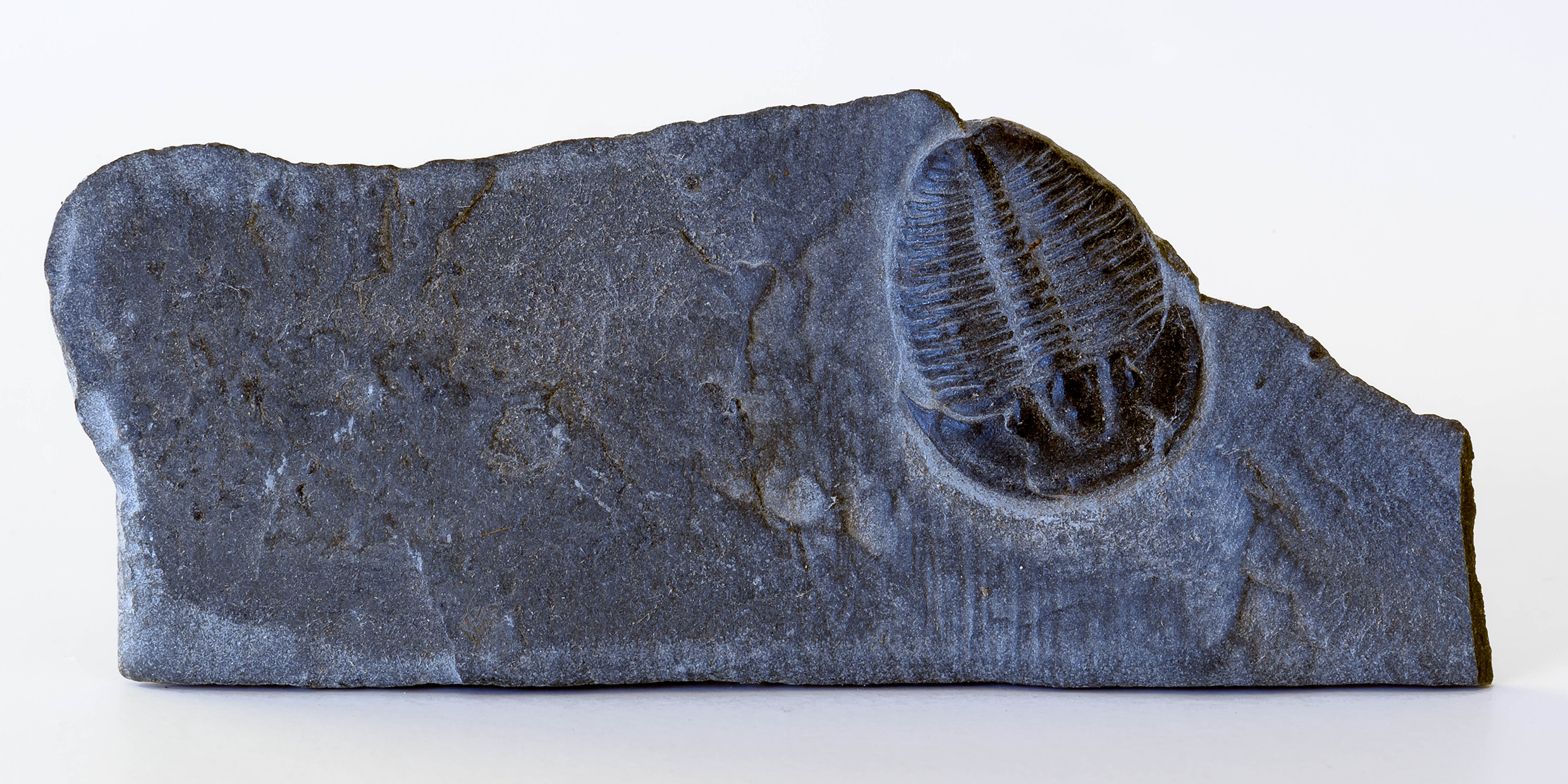Originally published 4 September 1995
DINGLE, Ireland — Clambering over sea cliffs in the west of Ireland looking for fossils. This cove at the end of the Dingle Peninsula has in the past proved to be a fine place for trilobites, creatures that scuttled the ocean floor hundreds of millions of years ago.
Within 20 minutes I find a crisp impression, an inch-long fossil with the three bumpy lobes that give trilobites their name.
These fossils tell a story of drifting continents, of oceans being squeezed out of existence, of life evolving on a shifting stage. Piecing the story together has been one of the most exciting intellectual adventures of the past 150 years.
In 1839, fossils from these cliffs were collected by Richard Griffith, the first important cartographer of Irish geology. He sent them off to London to be examined by expert paleontologists.
The verdict came back: The fossils were of Silurian age, which we now know to be about 420 million years ago.
Farther east, near the limestone Vale of Tralee, the rocks of the Dingle Peninsula were clearly part of the Devonian succession, younger than the Silurian. What then of the strata between, the so-called Dingle beds? Were they Silurian or Devonian?
The question might now seem to be of little consequence, but at the time it was momentous, for reasons that were personal and social as well as scientific.
The dispute about the age of the Dingle rocks was a backwater action in a larger war of ideas and personalities that involved many of the leading geologists of the time.
The chief antagonists were, on the one hand, Henry De la Beche, the director of the Geological Survey of Britain, and, on the other, Roderick Murchison and Adam Sedgwick of the Geological Society of London.
At issue was the proper interpretation of those sedimentary formations that (as we now know) were laid down between 300 and 400 million years ago.
Careers and reputations turned on the outcome of each skirmish in the war. The status and prestige of scientific institutions waxed and waned with the rise and fall of hypotheses. Egos swelled and shrank with each new coloring of the geologic maps.
It short, it was a classic conflict of scientific ideas, fought with all the gusto and resolve that a few years later would mark the battles over Darwin’s theory of evolution by natural selection.
In the end, the “Great Devonian Controversy,” like the controversy about evolution, was not resolved by the exercise of institutional power or the weight of egos, but by the evidence of the rocks themselves.
The controversy was essentially over in 1856 when the great Murchison himself came to Ireland. In the company of the 71-year-old Griffith, he spent six days examining the geology of the Dingle Peninsula. The two men arrived at a consensus: The Dingle beds should be assigned to the Devonian.
There were other things on Murchison’s mind besides rocks. The weather was foul. He was offended by the Roman Catholicism of the Irish. He found the food and accommodation deplorable. “Catch me going to Ireland again,” he is said to have muttered.
But he was impressed by the field workers of the Irish Geological Survey who mapped the rocks of that country with unprecedented detail, at a scale of six-inches to the mile.
It is the great strength of the scientific enterprise that it can contain flawed personalities, rampant egos, hidden agendas, imperfect motivations, and still reach consensus.
The bottom line is the evidence of nature. Not piecemeal evidence — a rock here, a fossil there — but the vast, systematic assembly of data that speaks with more authority than any individual or institution.
Several months ago this column had a few things to say about so-called “creation science.” I subsequently heard from an influential creationist who suggested — no kidding! — that scientists (presumably myself included) reject the literal biblical version of creation not because of any preponderance of evidence against it, but so that we might live our lives unfettered by God’s laws.
This preposterous claim shows a profound misunderstanding of what science is and how it works.
The scientific community includes men and women of all religions, races, nationalities, and political persuasions. It includes saints and sinners, altruists and self-serving schemers. And yet on the matter of the evolution of life over millions of years it has achieved universal consensus. This is rather astonishing when you think about it, and the reason must be looked for somewhere other than a supposed anti-theist bias.
A good place to begin might be to follow the careers of those intrepid field workers of the 19th-century geological surveys, who as likely as not had been raised to believe in the biblical version of creation, but who in wild places and in all weathers opened their eyes to the disposition of the rocks and compiled what they saw into voluminous maps that demanded in the end a single, revolutionary interpretation.



